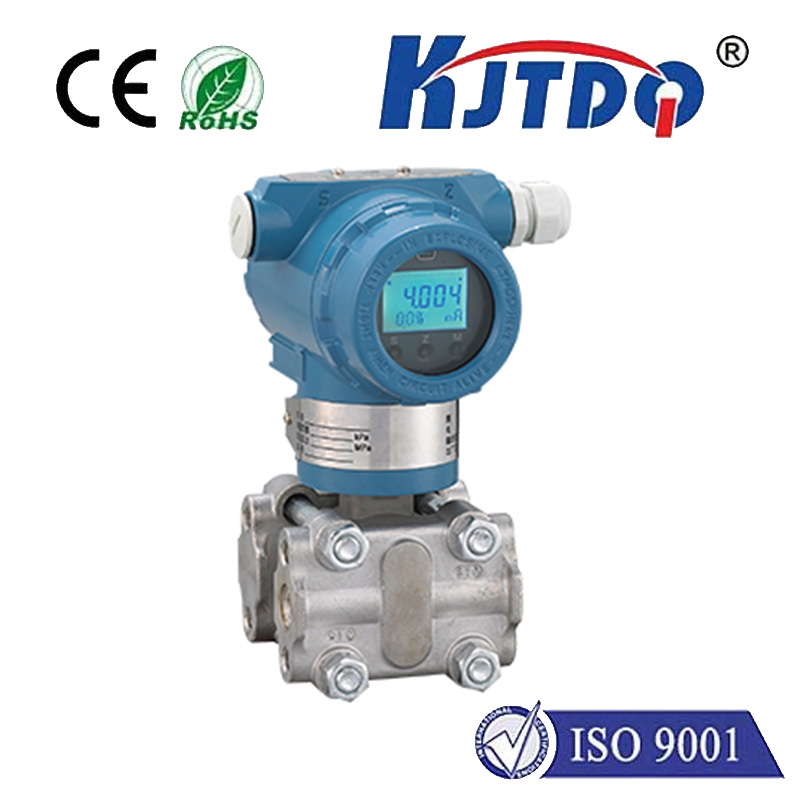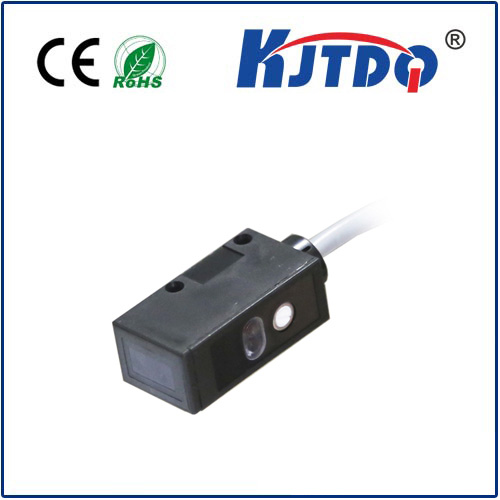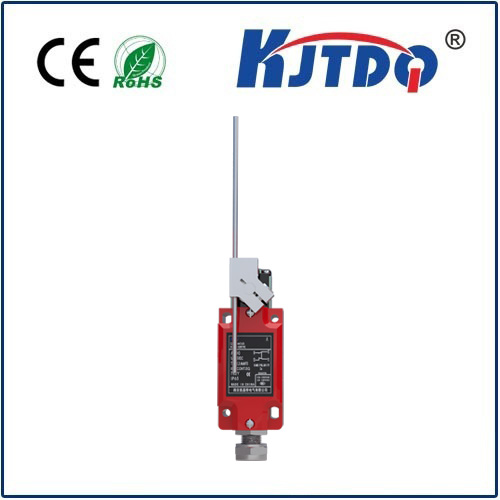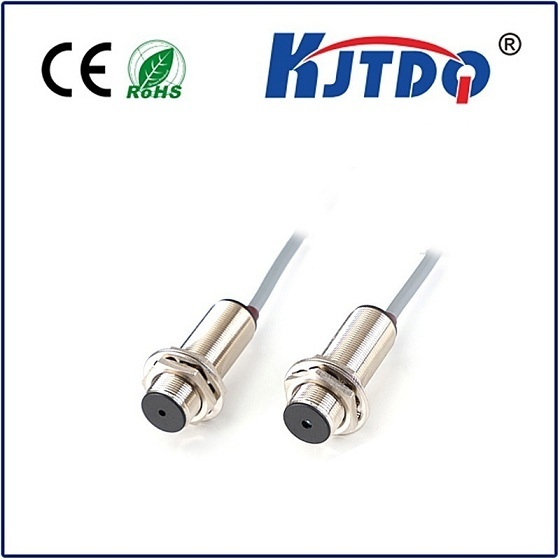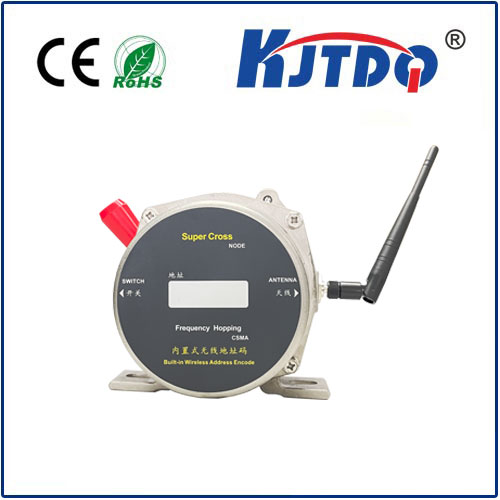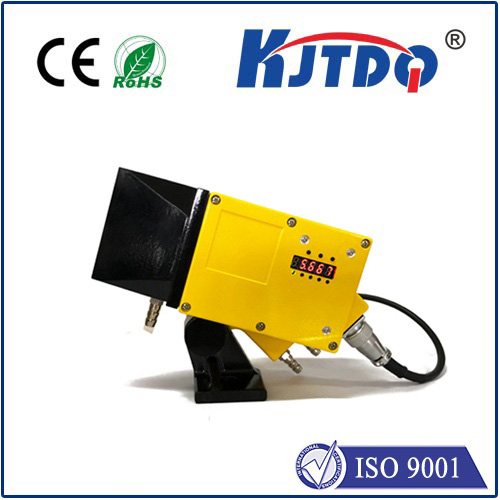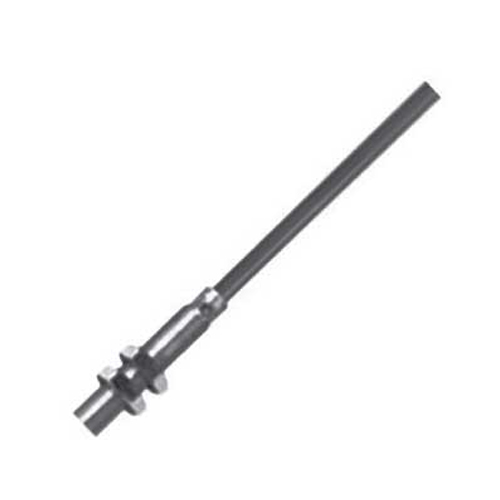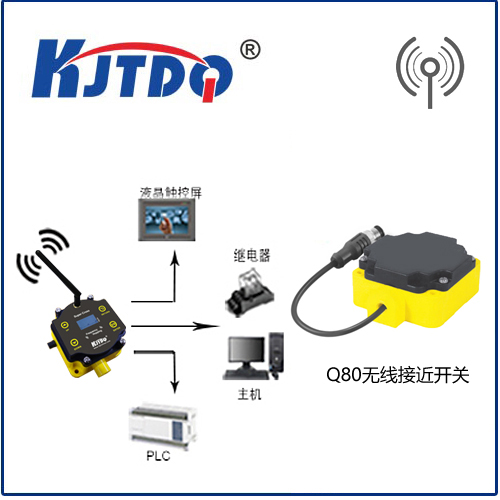BES00A2 high pressure proximity sensor
- time:2025-10-01 04:31:32
- Click:0
BES00A2 High Pressure Proximity Sensor: Mastering Detection in Extreme Environments
Imagine machinery functioning flawlessly under crushing pressures where traditional sensors falter. Think of deep-sea exploration equipment, hydraulic presses exerting immense force, or pipelines conveying fluids under intense loads. Reliable proximity sensing in these harsh, high-pressure scenarios isn’t just convenient; it’s critical for safety, efficiency, and preventing catastrophic failure. This is precisely the challenge the BES00A2 high-pressure proximity sensor is engineered to conquer.
Unpacking the BES00A2: Built for the Crushing Depths
At its core, the BES00A2 belongs to the robust family of inductive proximity sensors. It operates on a fundamental electromagnetic principle: generating an oscillating field that detects the presence of ferrous and non-ferrous metallic targets without physical contact. However, what sets the BES00A2 sensor apart is its exceptional ability to function reliably in environments where ambient pressure would destroy or compromise standard sensors. It’s not merely “pressure-resistant”; it’s a high-pressure proximity sensor specifically designed to withstand these extreme conditions.
The Core Challenge: Why Pressure Demands Specialized Sensing
Standard industrial sensors are typically designed for operation at or near atmospheric pressure. Subject them to significantly higher pressures, and several issues arise:

- Enclosure Integrity: High pressure can crush standard enclosures or force contaminants inside through seals.
- Sensing Field Distortion: Increased pressure can physically distort components or alter the properties of materials within the sensor, potentially affecting the electromagnetic field’s stability and detection range.
- Material Fatigue: Constant high-pressure cycling can lead to material fatigue and premature failure.
- Seal Failure: Ordinary sealing methods may leak under extreme pressure differentials.
The BES00A2 addresses these challenges head-on through specialized design features. While exact specifications vary by manufacturer and configuration (PBT housing, M18x1 form factor, etc., are common), core engineering principles include:
- Robust, Pressure-Rated Housing: Constructed from high-strength materials like stainless steel or specialized polymers formulated for pressure resilience. The design incorporates reinforced walls and meticulous sealing points.
- Advanced Sealing Technology: Utilizing high-performance seals (often O-rings made from materials like FKM/Viton) and sophisticated sealing geometries capable of withstanding significant pressure differentials without leakage.
- Internal Component Stabilization: Components are secured and potentially encapsulated to prevent movement or distortion under pressure that could alter sensing characteristics.
- Precision Tuning: The sensing electronics are carefully calibrated to maintain stable performance across the specified pressure range.
Where the BES00A2 High Pressure Proximity Sensor Excels: Key Applications
The unique capabilities of the BES00A2 make it indispensable in sectors where pressure is a constant adversary:
- Hydraulic Systems Monitoring: Continuously tracking piston position within high-pressure hydraulic cylinders in presses, injection molding machines, heavy construction equipment, and aircraft landing gear. Knowing piston location is vital for precise control and preventing over-extension or collision.
- Subsea & Offshore Engineering: Deployed on remotely operated vehicles (ROVs), drilling equipment, and underwater manifolds subjected to immense hydrostatic pressure. Here, it monitors valve positions, actuator states, or component alignment reliably where divers or standard sensors cannot function.
- Oil and Gas Processing: Within pipelines, wellheads, and pressure vessels operating under extreme pressures, the BES00A2 sensor provides crucial feedback on valve positions, pump shaft rotation, or level detection, ensuring process integrity and safety.
- High-Pressure Test Rigs: Used in laboratories and production environments to monitor moving parts or verify component presence within pressurized chambers during testing and qualification phases.
- Specialized Manufacturing: Employed in processes like hot isostatic pressing (HIP) or deep drawing presses where high pressure is integral to the operation.
Core Advantages: Why Choose the BES00A2?
- Uncompromising Reliability in High Pressure: This is the defining trait. The BES00A2 proximity sensor delivers consistent, accurate detection where conventional sensors fail, minimizing downtime and safety risks.
- Non-Contact Operation: Eliminates mechanical wear and tear, leading to longer service life and reduced maintenance compared to mechanical switches. This is crucial in the often-inaccessible locations where these sensors operate.
- Robust Construction: Designed to endure not only high pressure but often accompanying challenges like vibration, shock, temperature extremes, and exposure to fluids or chemicals. Its high-pressure resistance complements general industrial ruggedness.
- Fast Response Times: Inductive sensors like the BES00A2 react extremely quickly to target presence, enabling precise control and high-speed monitoring applications.
- Position Feedback Independence: Provides reliable position or presence data without needing physical connection to the moving part it’s monitoring – a significant advantage in sealed or high-pressure environments.
Optimizing Performance: Selection and Use Considerations
To leverage the full potential of the BES00A2, careful consideration is vital:
- Pressure Rating: Match the sensor’s specified maximum operating pressure to your application’s worst-case scenario pressure. Never exceed the rating.
- Temperature Range: Ensure the sensor’s operating temperature specification aligns with the environment. High pressure often correlates with high temperatures.
- Target Material and Size: Inductive sensors require metallic targets. Verify the sensor can reliably detect your specific target material (ferrous/non-ferrous) at the required sensing distance.
- Electrical Requirements: Select the correct voltage (e.g., 10-30V DC) and output type (NPN/PNP, NO/NC) to integrate seamlessly with your control system (PLC).
- Environmental Compatibility: Beyond pressure and temperature, consider potential exposure to chemicals, water (IP rating - often IP67/IP68), abrasives, or explosive atmospheres (ATEX/IECEx certification if needed).
- Mounting: Ensure proper installation according to manufacturer guidelines. Misalignment or proximity to extraneous metal can affect performance.
Maintaining Peak Performance: A Brief Note
While renowned for their durability, BES00A2 sensors still require attention:
- Regular Inspection: Visually check for physical damage, corrosion, or compromised seals.
- Cleaning: Keep the sensing face free of excessive buildup that could reduce sensitivity, using methods compatible with the housing material and seals.
- Functional Checks: Periodically verify detection performance against a known target.
The BES00A2 high pressure proximity sensor stands as a specialized guardian of industrial processes unfolding beneath crushing forces. Its ability to deliver reliable, non-contact detection where standard sensors cannot operate makes it an engineering cornerstone in demanding sectors like deep-sea exploration, heavy hydraulics, and high-pressure manufacturing. By understanding its capabilities and selecting/configuring it correctly, engineers ensure critical machinery functions safely, efficiently, and reliably, pushing the boundaries of what’s possible in extreme environments.






